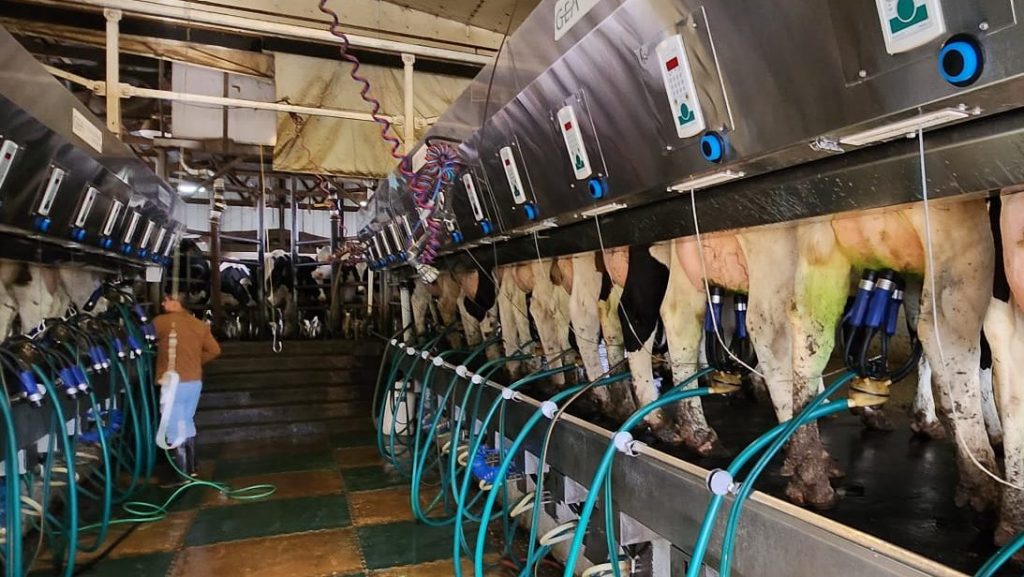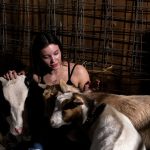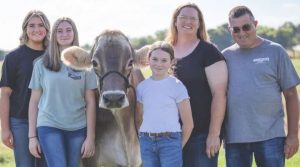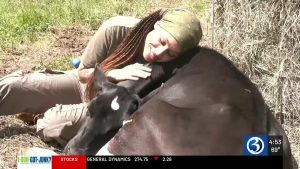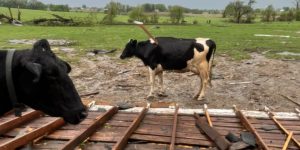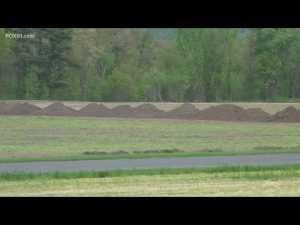
You can’t go wrong by doing right.
I don’t know where I first heard that expression, but I’m sure it was somewhere on the family dairy farm in rural Wisconsin. It animates everything we do as we strive to keep the farm and the land around it healthy.

My grandfather started the operation, and I’ve lived and worked here my whole life. When I was a baby, before I could walk, my mother set me up in a playpen in the barn. While growing up, my brothers and I were always outside working with cattle and helping in the fields. Now my two brothers and I run the farm, which is close to Wyalusing State Park, a wooded area that borders the Mississippi River. People come here to camp, hike, and canoe. Most of all, they want to enjoy the natural beauty this region offers at the confluence of the Mississippi and Wisconsin rivers.
That’s what we aim to protect. And it’s one of the reasons we took up no-till farming seven years ago. It was a radical departure from how we’d approached the soil on the 2,500 acres where we raise several crops, including corn to feed our cows and soybeans to sell.
For decades, we tilled the ground to prepare it for planting and to control weeds. This was an old-fashioned approach and it worked well enough, but it also made our fields vulnerable to erosion. We used to see evidence of it on windy days in the winter, when the white snowdrifts alongside the roads were pockmarked with bits of black dirt.
That dirt was our soil, and we were watching it blow away.

Thanks to the innovation of no-till, we don’t see that anymore.
Our soil stays where it belongs because we replaced traditional tillage with cover crops and other management techniques. The soil also is healthier because no-till retains moisture. And it’s more fertile because no-till supports an improved biological diversity that is good for crops.
The best way to describe the soil now is to say it’s “mellow.” The difference is most apparent on dry days in the spring when we plant. In the past, the soil was hard and tough to penetrate. You might pull out a pocketknife, stab at the ground, and dig a hole, but this felt like an act of violence. Now, the same blade slips smoothly into the soil, like it’s going into a sheath.
There’s a payoff, too: Our crops are growing better than ever before.
For the last two years, we didn’t get as much rain as we like to receive. This wasn’t a drought, but our crops suffered from stress. Because of no-till, however, the soil was protected, providing the moisture and nutrients that they needed—and our yields more than held their own during a difficult period.
Meanwhile, no-till has allowed us to reduce how much we drive our tractors and other equipment. We used to pass over our fields six or seven times each year. Now we’re down to four or five passes. That saves fuel, labor, and machinery.
We’re doing more with less.
We’re experimenting with other new approaches as well. We’re trying to reduce our reliance on commercial fertilizer and replace it with biologicals, which nourishes plants with microorganisms and other matter. This has boosted the feed efficiency of our alfalfa, which means that our dairy cows are producing more pounds of milk from fewer pounds of feed.

That’s an economic advantage that both improves the bottom line for our farm and keeps prices in check for consumers. There’s an additional benefit, too: Cows that eat less food produce less methane, a greenhouse gas that contributes to climate change.
I believe our farm is doing its small part to help the planet.
Our newest experiment is with habitat for monarch butterflies, whose annual migration across North America is a marvel of nature. We’re devoting parcels of our farm where it’s hard to run equipment and grow crops to the milkweed that monarch caterpillars need.
People have asked: Why bother? Or they assume we’re doing it to comply with some environmental regulation that we’d prefer to ignore.
Our motive is simple, and it explains everything we seek to achieve on our healthy farm: You can’t go wrong by doing right.
You can now read the most important #news on #eDairyNews #Whatsapp channels!!!
🇺🇸 eDairy News INGLÊS: https://whatsapp.com/channel/0029VaKsjzGDTkJyIN6hcP1K
